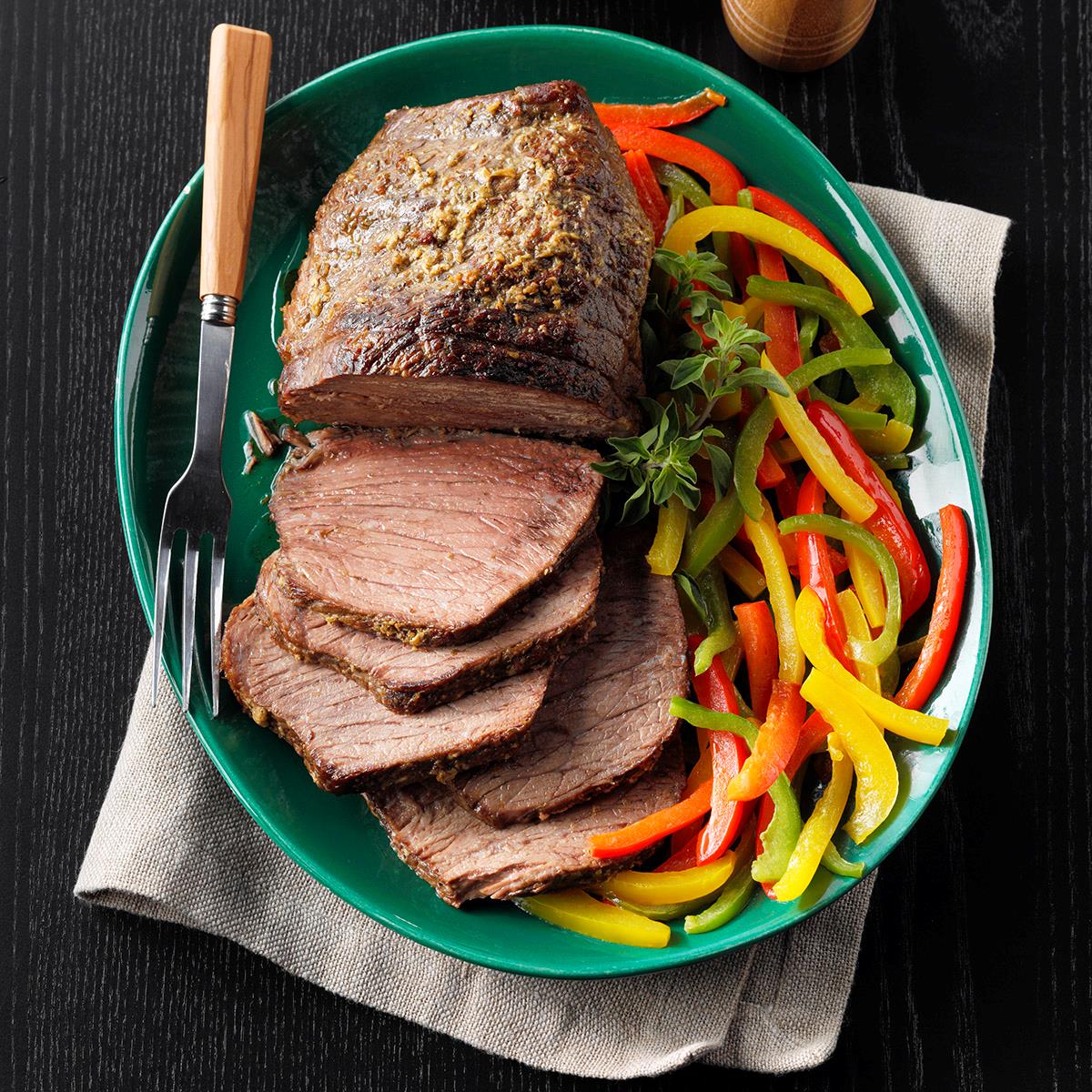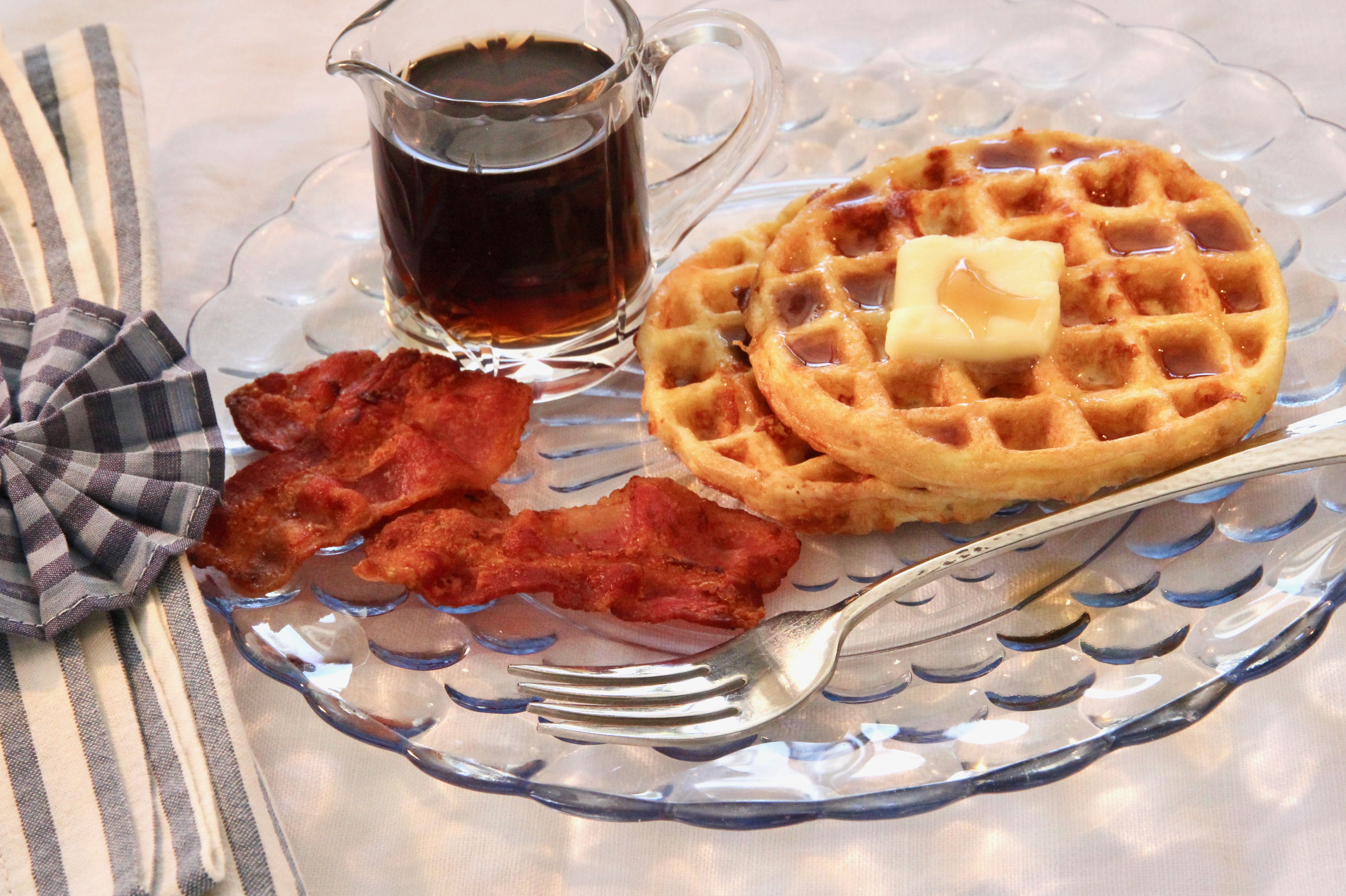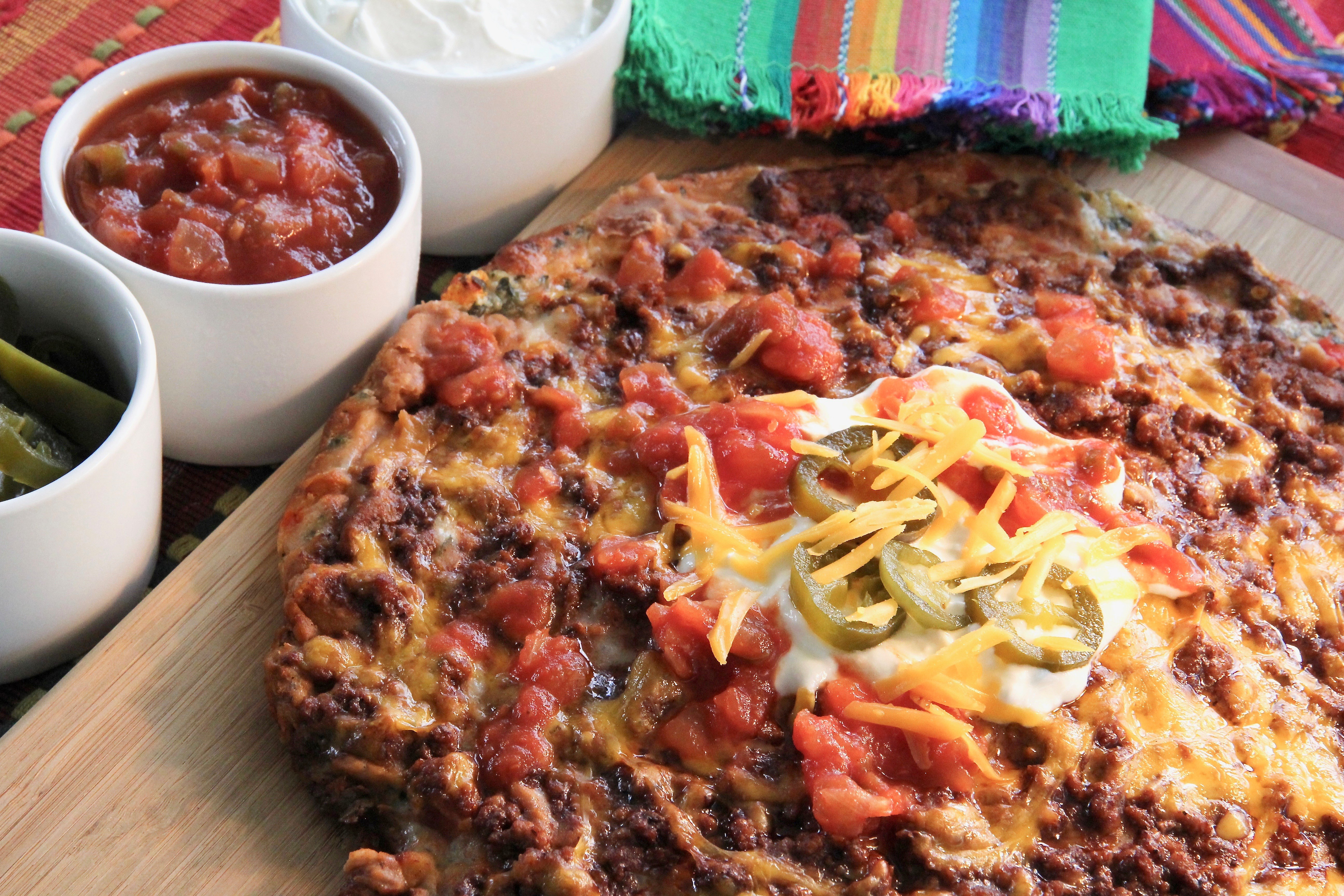Crostata is a classic Italian pastry made with a sweet, buttery crust and filled with a variety of jams, preserves, or fresh fruit. The rustic tart is believed to have originated in the Marche region of Italy, and its name comes from the Latin word "crusta," meaning "crust." Crostata can be made with a variety of different doughs, but the most common is a shortcrust pastry made with flour, butter, sugar, and eggs. The dough is rolled out and placed in a tart pan, then filled with the desired filling. Crostata is typically baked until the crust is golden brown and the filling is bubbling. This article provides recipes for three different crostata variations: a classic strawberry crostata, a rustic apple crostata, and a creamy ricotta crostata. Each recipe includes step-by-step instructions and helpful tips to ensure success. Whether you're a seasoned baker or just starting out, you'll find the perfect crostata recipe in this article.
Let's cook with our recipes!
APPLE CROSTATA
Steps:
- For the pastry, place the flour, sugar, and salt in the bowl of a food processor fitted with a steel blade. Pulse a few times to combine. Add the butter and pulse 12 to 15 times, or until the butter is the size of peas. With the motor running, add the ice water all at once through the feed tube. Keep hitting the pulse button to combine, but stop the machine just before the dough becomes a solid mass. Turn the dough onto a well-floured board and form into a disk. Wrap with plastic and refrigerate for at least 1 hour.
- Preheat the oven to 450 degrees F.
- Flour a rolling pin and roll the pastry into an 11-inch circle on a lightly floured surface. Transfer it to a baking sheet.
- For the filling, peel, core, and cut the apples into 8ths. Cut each wedge into 3 chunks. Toss the chunks with the orange zest. Cover the tart dough with the apple chunks leaving a 1 1/2-inch border.
- Combine the flour, sugar, salt, cinnamon, and allspice in the bowl of a food processor fitted with a steel blade. Add the butter and pulse until the mixture is crumbly. Pour into a bowl and rub it with your fingers until it starts holding together. Sprinkle evenly on the apples. Gently fold the border over the apples to enclose the dough, pleating it to make a circle.
- Bake the crostata for 20 to 25 minutes, until the crust is golden and the apples are tender. Allow to cool. Serve warm or at room temperature.
PEAR AND CRANBERRY CROSTATA
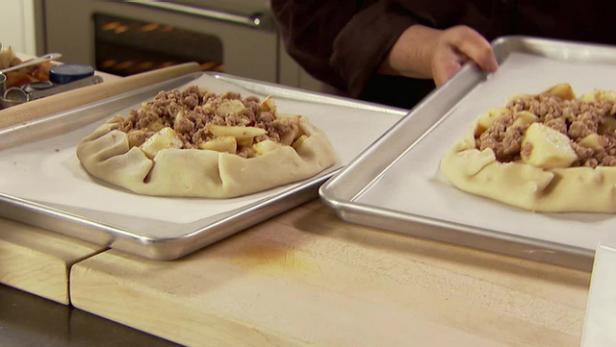
Provided by Ina Garten
Categories dessert
Time 1h50m
Yield 2 tarts; 12 servings
Number Of Ingredients 13
Steps:
- For the pastry, place the flour, sugar, and salt in the bowl of a food processor fitted with a steel blade. Pulse a few times to combine. Add the butter and toss quickly with your fingers to coat each cube of butter with the flour. Pulse 12 to 15 times, or until the butter is the size of peas. With the motor running, add the 1/4 cup ice water all at once through the feed tube. Keep hitting the pulse button to combine, but stop the machine just before the dough comes together. Turn the dough out onto a well-floured board and form into 2 disks. Wrap the disks with plastic and refrigerate for at least one hour.
- Preheat the oven to 450 degrees.
- Roll each pastry disk into an 11-inch circle on a lightly floured surface. Transfer them to 2 baking sheets lined with parchment paper.
- For the filling, peel, core, and quarter the pears. Cut each quarter into big chunks. Toss the chunks with the orange zest. Divide the pear chunks between the pastries, covering the dough and leaving a 1 1/2-inch border. Sprinkle 1 tablespoon of cranberries over the top of each tart.
- Combine the flour, sugar, salt, cinnamon, and allspice in the bowl of a food processor fitted with a steel blade. Add the butter and pulse until the mixture is crumbly. Pour into a bowl and rub it with your fingers until it starts holding together. Sprinkle evenly over the top of the two tarts. Gently fold the border of each tart over the pears, pleating it to make a circle.
- Bake the crostatas for 30 minutes, or until the crust is golden and the pears are tender. Let the tarts cool for 5 minutes, then use 2 large spatulas to transfer them to wire racks.
SAVORY CROSTATA
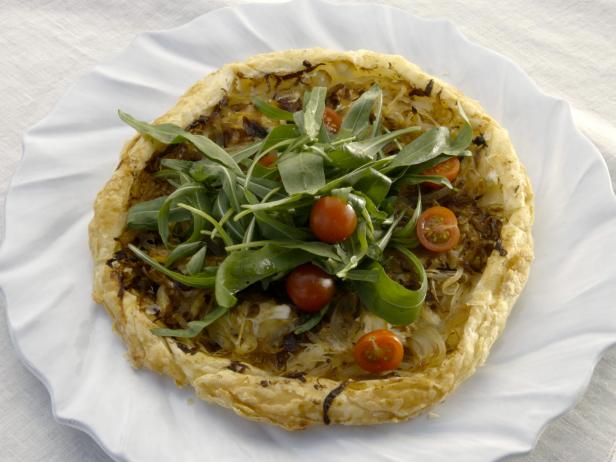
Provided by Giada De Laurentiis
Categories main-dish
Time 1h25m
Yield 6 to 8 servings
Number Of Ingredients 10
Steps:
- Preheat the oven to 375 degrees F.
- Heat an oven-proof 10-inch nonstick skillet over medium-high heat. Add the olive oil and onions and reduce the heat to medium. Cook, stirring often, until the onions are a dark golden-brown, about 15 minutes. Season with 1/2 teaspoon kosher salt. Stir in the balsamic and sprinkle the oregano over the top. Turn off the heat and spread the onions evenly over the bottom of the pan, using a rubber spatula.
- Place the ricotta in a small bowl. Season with 1/8 teaspoon each kosher salt and black pepper. Dollop the ricotta over the onions in 8 to 10 places. Using a fork, prick the puff pasty a few times evenly. Place the puff pastry over the top of the filling, pressing down gently to make sure the dough is touching the ricotta and onions.
- Bake until the pastry is puffed and golden brown, 35 to 40 minutes. Remove from the oven and cover with a plate slightly larger than the skillet. Invert the crostata onto the plate, replacing any onions that may have stuck to the pan. Set aside to cool slightly.
- Meanwhile, in a small bowl, dress the arugula with the lemon juice. Sprinkle the arugula over the cooled crostata and nestle the tomatoes into the onions. Slice into wedges or squares and serve.
SUMMER FRUIT CROSTATA
Steps:
- For the pastry:
- Place the flour, sugar, and salt in the bowl of a food processor fitted with a steel blade. Pulse a few times to combine. Add the butter and toss quickly (and carefully!) with your fingers to coat each cube of butter with the flour. Pulse 12 to 15 times, or until the butter is the size of peas. With the motor running, add the ice water all at once through the feed tube. Keep hitting the pulse button to combine, but stop the machine just before the dough comes together. Turn the dough out onto a well-floured board, roll it into a ball, cut in half, and form into 2 flat disks. Wrap the disks in plastic and refrigerate for at least 1 hour. If you only need 1 disk of dough The other disk of dough can be frozen.
- Preheat the oven to 450 degrees F. Line a baking sheet with parchment paper.
- Roll the pastry into an 11-inch circle on a lightly floured surface. Transfer it to the baking sheet.
- For the pastry (makes 2 crostatas) .
- For the filling:
- Cut the peaches and plums in wedges and place them in a bowl with the blueberries. Toss them with 1 tablespoon of the flour, 1 tablespoon of the sugar, the orange zest, and the orange juice. Place the mixed fruit on the dough circle, leaving a 1 1/2-inch border.
- Combine the 1/4 cup flour, the 1/4 cup sugar, and the salt in the bowl of a food processor fitted with a steel blade. Add the butter and pulse until the mixture is crumbly. Pour into a bowl and rub it with your fingers until it starts to hold together. Sprinkle evenly over the fruit. Gently fold the border of the pastry over the fruit, pleating it to make an edge.
- Bake the crostata for 20 to 25 minutes, until the crust is golden and the fruit is tender. Let the crostata cool for 5 minutes, then use 2 large spatulas to transfer it to a wire rack. Serve warm or at room temperature.
TOMATO & GOAT CHEESE CROSTATA
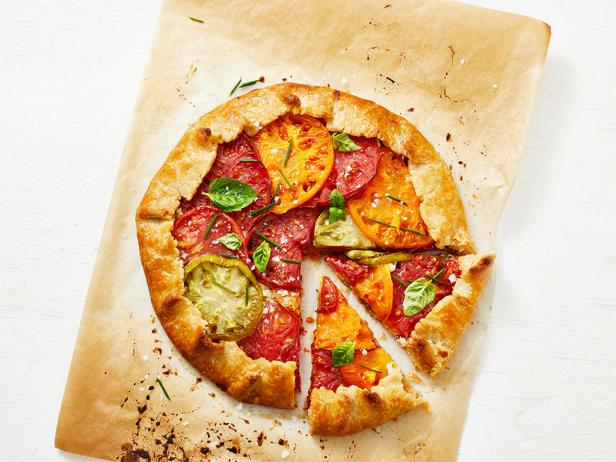
I'll always remember making my first crostata. It was from my friend Johanne Killeen's cookbook Cucina Simpatica. Johanne and her late husband George Germon started Al Forno restaurant in Providence; 40 years later, it's still one of my favorite places - and I just adore Johanne's cookbook. Her apple crostata is both elegant and earthy, a flaky, buttery crust filled with sweet apples. It's divine! Over the years, I've played around with lots of other sweet crostatas, like one with a raspberry-rhubarb filling (it's in my book Cooking for Jeffrey), but I also love savory crostatas. I make this tomato and goat cheese version with the same flaky crust (minus the sugar), a layer of creamy goat cheese on the bottom and big slices of gorgeous heirloom tomatoes on top. The trick is to bake it on an upside-down sheet pan: Because there are no sides on the pan to block the heat, the tart browns more evenly. This crostata, served with a salad, is a perfect summer lunch!
Provided by Ina Garten
Categories main-dish
Time 1h50m
Yield 4 servings
Number Of Ingredients 13
Steps:
- For the pastry, place the flour and 1/2 teaspoon salt in the bowl of a food processor fitted with the steel blade and pulse to combine. Add the diced butter and toss carefully with your fingers to coat each piece of butter with flour. Pulse 12 to 15 times, until the butter is the size of peas. While pulsing, add the ice water all at once through the feed tube. Pulse to combine, stopping just before the dough forms a ball. Turn the dough out onto a well-floured board and form it into a disk. Wrap in plastic and refrigerate for one hour.
- Meanwhile, preheat the oven to 450˚ F. Heat the 4 tablespoons butter in a large (12-inch) sauté pan over medium to medium-high heat. Add the leeks, thyme, 1 teaspoon salt and 1/2 teaspoon pepper and sauté for 8 minutes, until the leeks are tender and starting to brown. Set aside. Place the tomatoes on a plate, sprinkle them with salt and pepper and drizzle lightly with olive oil. Set aside.
- On a floured board, roll the dough into an 11-inch circle, then place it on a sheet of parchment paper. Turn a sheet pan upside down and transfer the paper to the inverted pan. Spread the leeks on the pastry, leaving a 1 1/2-inch border. Crumble the goat cheese evenly on top. Arrange the tomatoes over the goat cheese, overlapping the slices because they will shrink. Turn the edges of the pastry up and over the tomatoes, crimping so they lie flat. Brush the pastry with the egg wash. Bake for 25 to 30 minutes, until the pastry is nicely browned. Allow to cool on the pan for 5 minutes, sprinkle lightly with the fresh herbs and salt, cut in wedges and serve warm.
CROSTATA PASTRY

Italian crostatas are rustic free-form tarts that can't be ruined by poor pastry makers. If you tear the dough as you roll it, there's nothing to worry about. Just press the torn parts together and keep rolling. As long as you can get something that resembles a round onto a baking sheet, you're on your way to a fine crostata. This open-faced tart, spread with peaches or prune plums, apples, or roasted vegetables with a little parmesan, begins with a food-processor pastry dough that couldn't be more forgiving. After the filling goes onto the rough round, fold up the edges to encase the fruit and send it to the oven brushed with milk and sprinkled with sugar. If the finished confection looks asymmetrical, that's part of the charm. This pastry recipe can be topped with roasted vegetables and a little parmesan, which I have done, absolutely delicious! Use your imagination. This recipe courtesy of the Boston Globe Magazine.
Provided by Penuchek
Categories Dessert
Time 1h30m
Yield 4-6 serving(s)
Number Of Ingredients 14
Steps:
- In the bowl of a food processor, pulse the flour, baking powder, and salt just to sift them.
- Scatter the butter over the flour mixture. Pulse the mixture just until it resembles crumbs. Add the sugar and pulse just to mix it in .
- In a bowl, beat the egg, vinegar, and ice water. Sprinkle the liquids over the flour mixture. Pulse the processor just until the dough forms clumps. It should not come together to form a ball.
- Turn the clumps out onto a lightly floured counter and knead them gently until smooth. Shape them into a disk, wrap in foil, and refrigerate for 30 minutes. Use as directed.
- Halve the peaches and remove the pits. Cut each half into 6 pieces and transfer them to a large bowl.
- Sprinkle with flour, 1/2 cup of the sugar, and lemon juice. Toss gently.
- Set the oven at 400°F.
- Line a rimmed baking sheet with parchment paper.
- On a lightly floured counter, roll the pastry dough into a 12 inch round. Lift it onto the rolling pin and transfer it to the baking sheet. Refrigerate the pastry for 5 minutes.
- Arrange the peach slices on the dough on their sides, in neat rows, making the rows as close together as possible. Leave a 1 1/2 inch border around the edge. Fold the border up over the fruit. It will pleat onto itself in places; that's OK.
- Brush the exposed dough with milk. Sprinkle the fruit and dough with the remaining 1/4 cup sugar.
- Bake for 15 minutes. Turn the oven down to 375°F.
- Continue baking the crostata for 20 to 25 minutes or until the peaches are tender and the pastry is golden brown.
- Let the crostata settle for 5 minutes. Transfer it, still on the parchment paper, to a wire rack to cool.
- Preparation time includes 30 minutes refrigeration of dough.
Tips:
- Use cold butter: This will help keep the dough flaky and prevent it from becoming greasy.
- Work the dough quickly: Overworking the dough will make it tough.
- Chill the dough before rolling it out: This will make it easier to work with and prevent it from sticking to the work surface.
- Bake the crostata until the crust is golden brown and the filling is bubbling.
- Let the crostata cool slightly before slicing and serving.
Conclusion:
Crostata is a delicious and versatile pastry that can be filled with a variety of fruits, nuts, and cheeses. It's perfect for breakfast, brunch, or dessert. With a little practice, you'll be able to make crostata like a pro!
Are you curently on diet or you just want to control your food's nutritions, ingredients? We will help you find recipes by cooking method, nutrition, ingredients...
Check it out »
You'll also love




